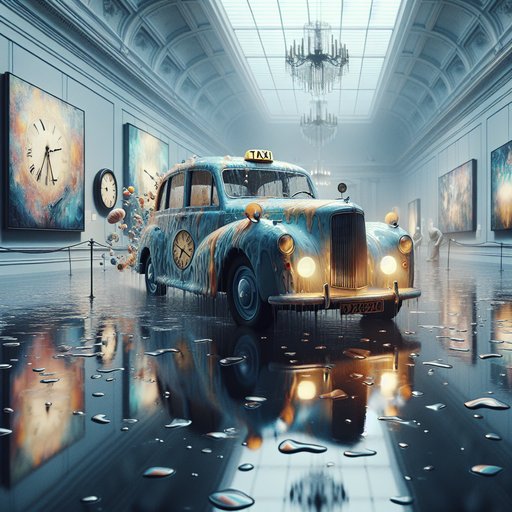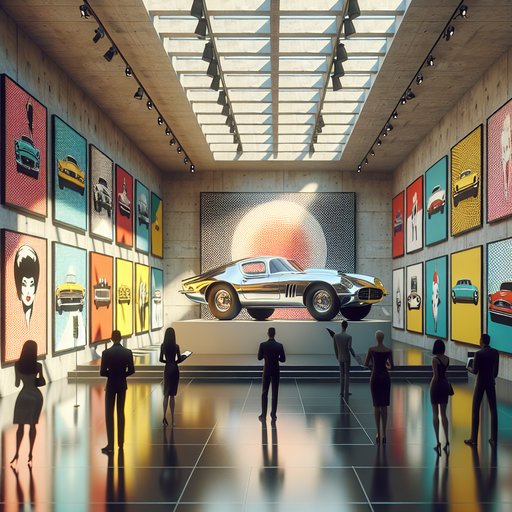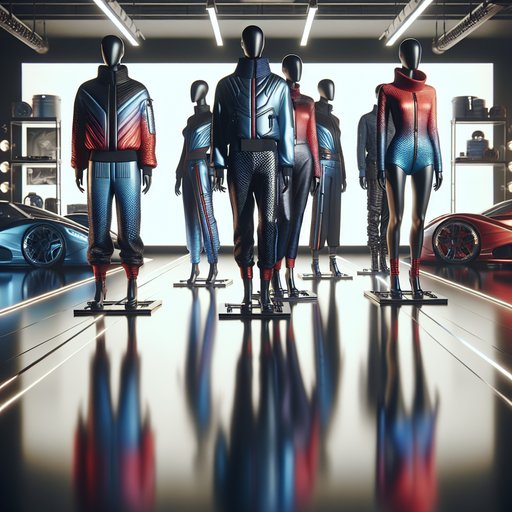
Across art classrooms and car museums, children’s drawings of imagined vehicles are migrating from sketchpads to gallery walls. Long-running programs such as Toyota’s global Dream Car Art Contest, alongside regional museum and community-center showcases, are giving young artists a platform to picture mobility through color, narrative, and design. Curators and car designers are collaborating on juries and displays, treating these works as more than charming ephemera and reading them as cultural weather reports on sustainability, safety, and play. As autumn exhibition calendars fill, institutions are pairing youth drawings with workshops and talks, using the accessible subject of cars to invite first-time museum visits and spark cross-generational conversations about how art shapes the way we move.

From Catalonia to Florida and Brussels, museums are foregrounding the automobile as a surrealist muse, pairing dreamlike paintings with stagey, rain-soaked cars. The Dalí Theatre-Museum’s enduring ‘Rainy Taxi’ anchors the conversation this season, while the Dalí Museum in St. Petersburg keeps its kin installation running to steady crowds. Centennial surveys in Europe have added historical ballast, revisiting the 1930s when artists first invited vehicles into the unconscious. Together, these shows map how car culture slips from the street into the gallery—part object of desire, part psychological prop—and how curators are using it to bridge art history with contemporary audiences.

From Los Angeles to Paris, institutions have been revisiting Pop Art’s fascination with the automobile, pairing canvases with carburetors and putting iconic “art cars” back in public view. Over the past two years, museum programs have foregrounded Andy Warhol, Roy Lichtenstein, and pop-adjacent figures whose work captured mass-market mobility and desire. The result has been exhibitions that bridge design and fine art, court both car clubs and art audiences, and reframe the car as a symbol, surface, and stage.

From streetwear drops to couture experiments, carmakers and fashion designers have accelerated a wave of wearable art that translates aerodynamics, paint codes, and upholstery into garments. Over the past five years, collaborations have moved from logo swaps to deeply material-driven projects, often debuting on runways, in museum programs, and through tightly choreographed pop-ups. The work courts new audiences for both sectors while giving curators fresh case studies in cross-disciplinary making and brand storytelling.











